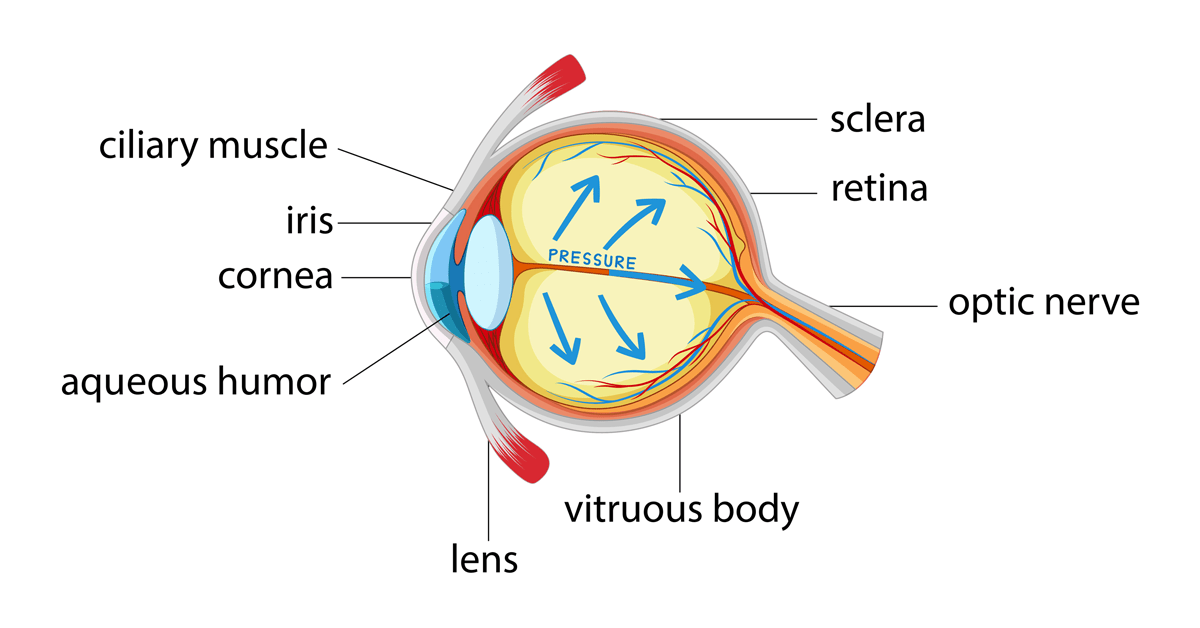Leading Eyecare Near Me: Expert Solutions for Ideal Eye Health
Leading Eyecare Near Me: Expert Solutions for Ideal Eye Health
Blog Article
Understanding the Different Vision Adjustment Procedures Available for Clearer View
In the realm of vision correction treatments, a wide range of alternatives exist to attend to refractive mistakes and provide individuals with more clear sight. From the widely acknowledged LASIK surgical treatment to much less intrusive treatments like PRK and implantable lenses, the area of ophthalmology provides a range of methods customized to suit different requirements and choices. Each treatment includes its own collection of considerations, advantages, and possible threats. Understanding the subtleties of these vision adjustment approaches is essential for making educated decisions regarding one's visual health. Let's explore the ins and outs of these treatments and clarified the course to attaining enhanced vision clarity.
LASIK Surgery
LASIK surgery is a typical refractive procedure made use of to fix vision problems such as nearsightedness, astigmatism, and farsightedness. This medical technique, which stands for Laser-Assisted in Situ Keratomileusis, intends to reshape the cornea to improve just how light is concentrated on the retina, inevitably enhancing vision clearness.
One of the primary benefits of LASIK surgical treatment is the fast renovation in vision experienced by people. Overall, LASIK surgery is a popular selection for individuals seeking a lasting option for their vision issues.
PRK Treatment
While also an usual refractive treatment, the PRK (Photorefractive Keratectomy) method varies from LASIK surgical procedure in its method to correcting vision troubles. In PRK, rather than producing a flap on the cornea, the external layer of the cornea, called the epithelium, is totally eliminated. This permits the laser to reshape the cornea to deal with refractive errors such as farsightedness, nearsightedness, and astigmatism directly on the surface.

Regardless of the longer recuperation time, PRK can yield superb lead to vision renovation, making it an important option for those who may not be ideal candidates for LASIK surgical procedure.
Implantable Lenses
As opposed to PRK where the cornea is reshaped straight, implantable lenses use an additional method for correcting vision by placing synthetic lenses inside the eye. This procedure is particularly useful for people with high levels of nearsightedness, farsightedness, or astigmatism that might not appropriate prospects for laser surgeries like LASIK or PRK.
Implantable lenses, also known as phakic intraocular lenses, work by supplementing the eye's all-natural lens with a fabricated one. refractive surgeries in al. These lenses can be positioned in front of the natural lens (former chamber) or behind the iris and before the all-natural lens (posterior chamber) By changing the power and positioning of these lenses, eye doctors can effectively deal with refractive errors and improve aesthetic acuity
One benefit of implantable lenses is that they are exchangeable and removable, giving adaptability for future modifications. As with any kind of surgical procedure, there are risks entailed, such as infection or cataract development. People thinking about implantable lenses should speak with an eye treatment professional to determine one of the most appropriate alternative based upon their individual demands and eye health.
Corneal Rings
Corneal rings, additionally recognized as intracorneal ring sectors, are tiny, transparent tools put into the cornea to remedy vision distortions such as keratoconus. Keratoconus is a condition where the cornea thins and protrudes exterior, causing vision to end up being distorted. The insertion of corneal rings aids to squash the cornea, boosting aesthetic acuity and lowering the uneven astigmatism triggered by keratoconus.
The treatment for putting corneal rings is fairly quick and minimally intrusive, commonly done as an outpatient procedure. During the surgery, the ophthalmologist makes a little incision in the cornea and inserts the rings at a certain depth. Once in position, the rings assist to reshape the cornea, offering a smoother surface area for light to go into the eye, which can result in more clear vision.
Corneal rings are thought about a relatively easy to fix treatment, as they can be removed or replaced if required. eyecare near me. While they might not totally get rid of the demand for glasses or get in touch with lenses, corneal rings can dramatically improve vision quality and total visual comfort look at this now for individuals with keratoconus or various other corneal irregularities
Refractive Lens Exchange
Complying with the correction of corneal irregularities with procedures like corneal rings, one more vision improvement strategy that can address refractive mistakes is Refractive Lens Exchange (RLE) RLE is a procedure that entails changing the eye's natural lens with a man-made intraocular lens (IOL) to remedy refractive mistakes such as nearsightedness, farsightedness, and presbyopia. This treatment is particularly valuable for people that might not be ideal candidates for treatments like LASIK or PRK due to variables such as slim corneas or high refractive errors.

Final Thought
In conclusion, there are different vision modification procedures available to assist people achieve clearer view. LASIK surgical procedure, PRK procedure, implantable lenses, corneal rings, and refractive lens exchange are all choices that can resolve various vision problems.
In the world of vision adjustment procedures, a plethora of alternatives exist to deal with refractive mistakes and offer people with clearer view.LASIK surgery is a typical refractive treatment used to deal with vision issues such as astigmatism, farsightedness, and nearsightedness.While also a typical refractive treatment, the PRK (Photorefractive Keratectomy) method differs from LASIK surgical treatment in its approach to dealing with vision problems.Adhering to the adjustment of corneal abnormalities with procedures like corneal rings, an additional vision adjustment strategy that can attend to refractive mistakes is more info here Refractive Lens Exchange (RLE) LASIK surgery, PRK treatment, implantable lenses, corneal rings, and refractive glaucoma service near me lens exchange are all choices that can deal with different vision problems.
Report this page